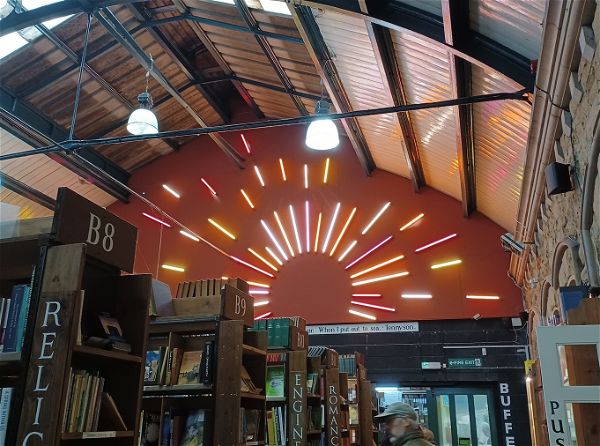Fallodon Hall
Estate In Alnwick, Northumberland
A country house near Christon Bank and home to a past Prime Minister, and the longest serving Foreign Secretary.
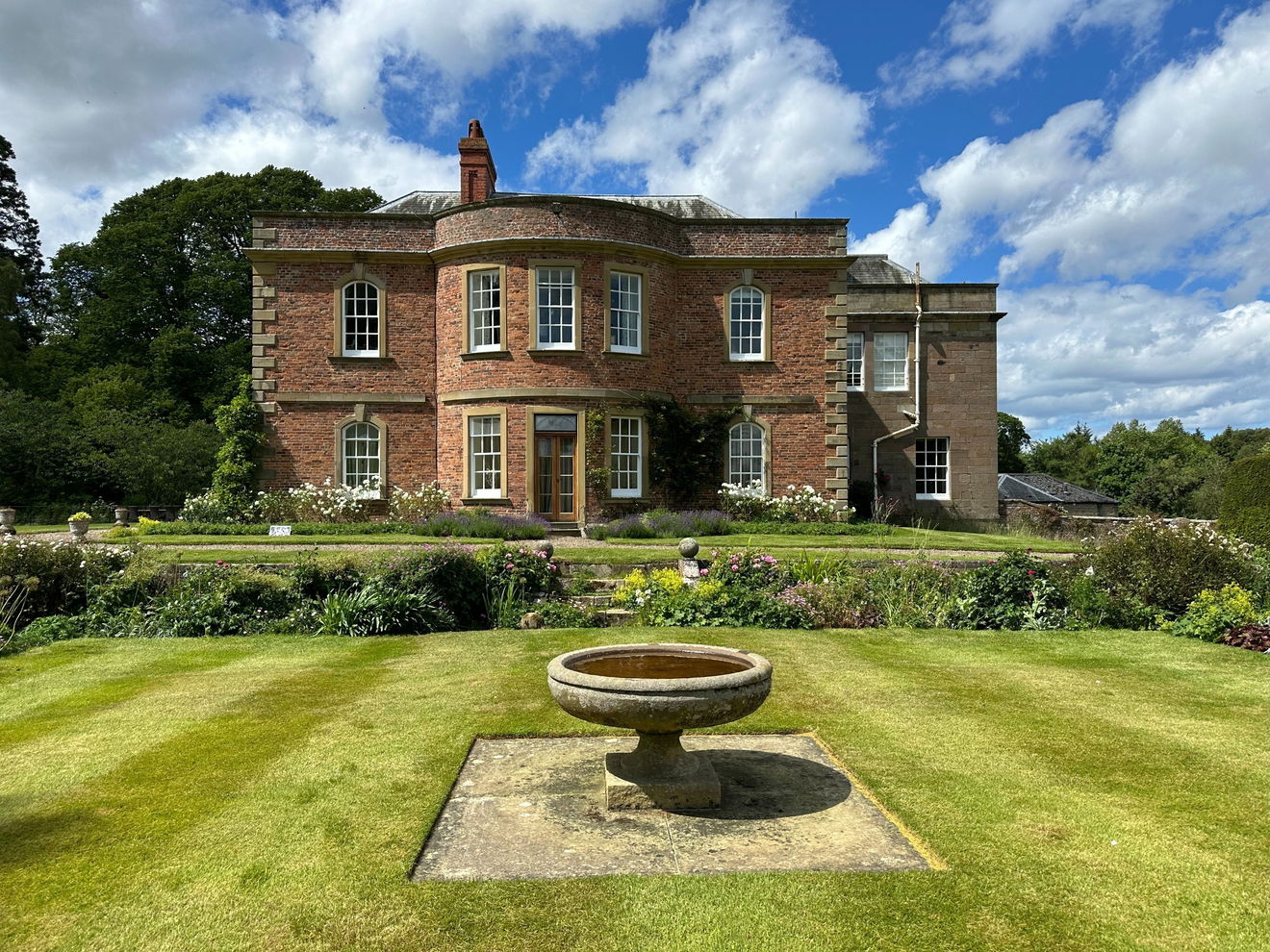
Built with bricks used as ballast on boats sailing from the Netherlands, Fallodon Hall is a quintessentially British-looking country house, so much so that it was used as a location for Downton Abbey's Christmas episode in 2015. Parts of the original house date back to the 1660s when "the village or hamlet called Fallowden" was owned by and passed down through the Salkeld family to a Puritan merchant from Berwick called Ralph Salkeld. The name Fallodon derives from the Old English words of fealu and dun, which means pale brown hill, and was quite apt for the site of this house, neatly crowning the land above the walled garden.
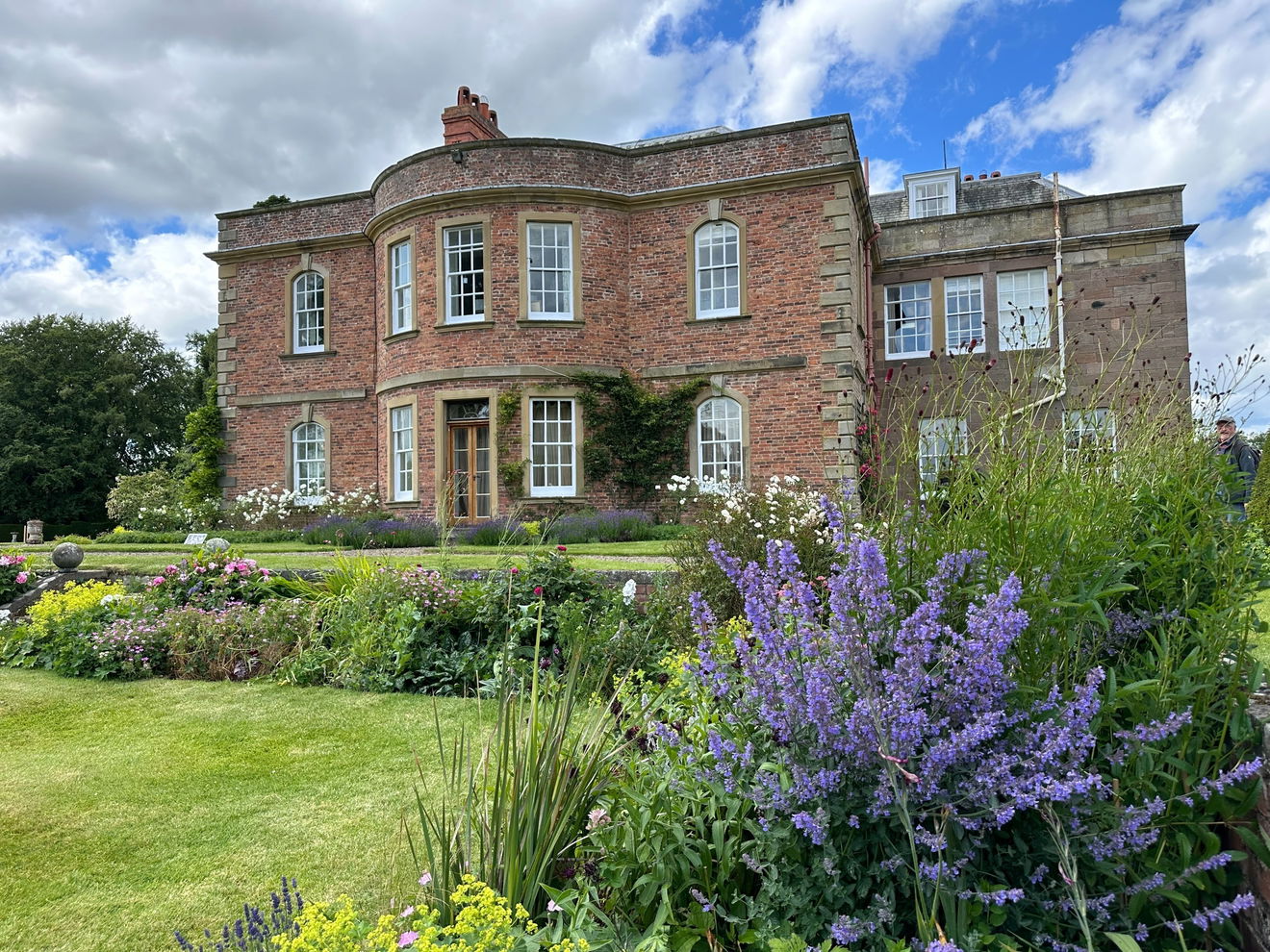
We visited on a sunny Saturday in June and were rewarded with blousy summer borders, lakeside damselflies, a millennium arboretum and an inviting slice of chocolate cake in what used to be the old stables, built of school dinner pink slab cake sandstone blocks by John Dobson in the early 19th Century.


Extended in the 1730s, the house took on a dapper Georgian appearance when it was rebuilt for Thomas Wood. We loved the stylish soft flow of the bay window and door which seems to have been added at a later date. It looked out over a small formal garden filled with summer colour and on down toward the lake.


In 1764 Fallodon Hall heard the first vocal cries of a baby future British Prime Minister, little baby Lord Grey. Perhaps, upset by the beverages on offer, he may have been crying for his bottle to be refilled with a better alternative like his eponymous Earl Grey tea. It is said that the tea was specially blended for Lord Grey by a Chinese Mandarin who added bergamot to offset the lime in the local Northumbrian water! Lady Grey served it to her London lady friends who loved the taste, and many asked for the blend of the tea which was then marketed by Jackson's of Piccadilly as Earl Grey. However, it must be drunk with your pinky poking out, a technique which was used by the aristocracy to balance the tininess of a teacup!
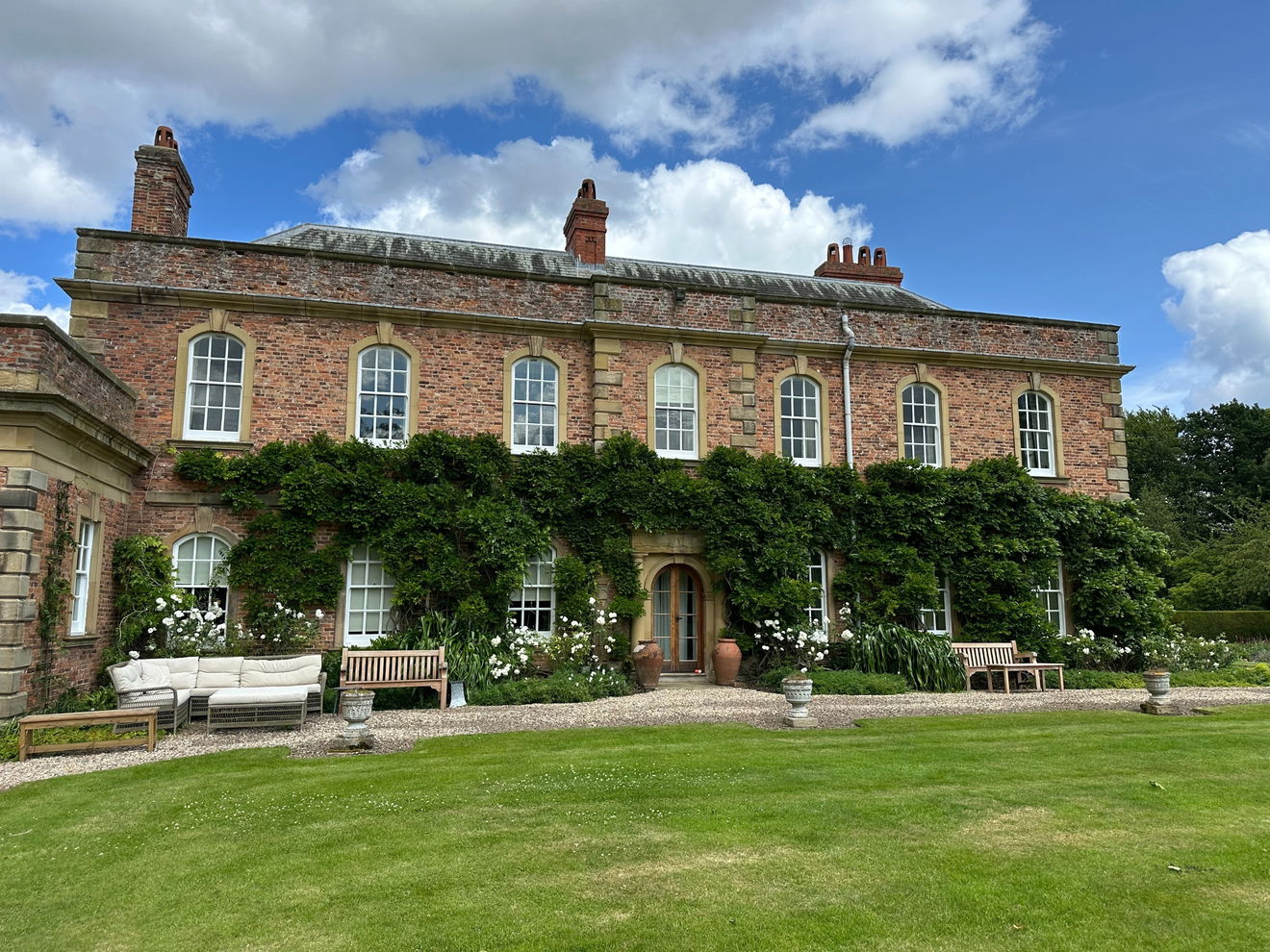
After a polystyrene cup of the Grey stuff, we took a wander around the outside of the house and loved the warmth of the brick and the wisteria growing over the front of the house. We liked the rounded arched doorway facing west with its decorative metope frieze above. It's worth a zoom in on the picture. I liked the repetition of the arched windows on the west face and the chunky triple keystones above each window which give a hint of 1930s style!


Although it's clearly not your average semi, it was gentler in proportions than other country piles. It felt like a home. Currently living there are the Bridgeman family. Lucia Bridgeman is the shiny new High Sheriff of Northumberland. You may have spotted her during the election's vote counting in Northumberland, with her jaunty hat that got a mention on Radio 4!
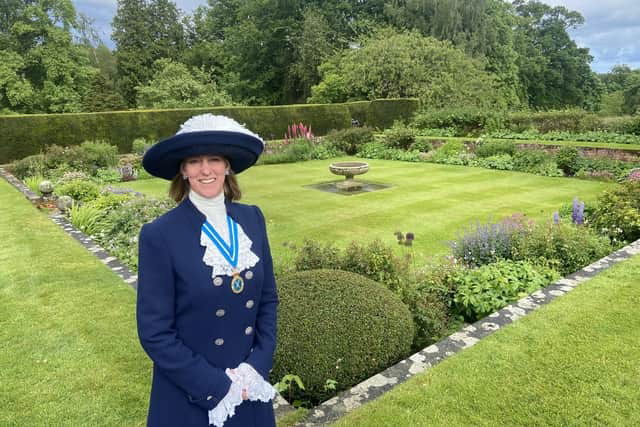
When I was little, my Granda was a headmaster and moved all around Northumberland to small rural schools and when he retired, they moved into the gatehouse or West Lodge at Fallodon Hall. The drive beyond was lonnnnnnng and my legs were little but I remember hearing talk of Mrs Bridgeman, over Harry Secombe on Highway on a Sunday, and was always curious about what was at the end of the drive and who lived in the 'big house' as it was called. Now I know, so having a peep around the grounds was interesting.


Another reason for Fallodon Hall being on my tick list was that over the winter, I read a beautiful book about bird song, written by Sir Edward Grey, with much of it referencing the grounds at Fallodon.
Grey became a Baronet at the age of 20 in 1882 upon the death of his grandfather. I didn't! Along with his title, he inherited 2,000 acres of land at Fallodon. He became the youngest MP at the age of 23 and was referred to as 'The Baby of The House'.


A short stroll through the meadow of buttercups took us down the lake, by which much of his prose was penned. Of our Northumbrian natural world he said "When we are bored, when we are out of tune, when we have little worries, it clears our feelings and changes our mood if we can get in touch with the beauty of the natural world." Hallelujah Sir Edward! My sentiments times a hundred!
Grey was the longest-serving Foreign Secretary of the 20th century and probably best remembered for his words at the outbreak of the First World War "The lights are going out all over Europe. We shall not see them lit again in our lifetime."
He was an avid ornithologist and wrote A Charm of Birds in 1927. He is alleged to have been the first person to have coined the ornithological term The Dawn Chorus when a cacophony of avian songsters would have taken centre stage at Fallodon. What a beautiful accolade.


The book was a roaring twenties success. Each chapter reflects the months of the year and what could be seen and heard in his gardens, note that he had more than one!
People loved his accessible writing and the fact that the book could be read for pleasure with no prior knowledge of birds. He wrote fondly about the ducks and geese, their annual migration to his lake at Fallodon, and the rambunctious robins he tamed to eat from his hand in the woods in winter.
He faired a better fate than two of his brothers; George was mauled by a lion in British East Africa in 1911 when aiming for the kill and missing and Charles was brought to a sorry end when trampled by an angry buffalo in Tanganyika in 1928.
On a more peaceful and tranquil trail, the woodland rides were filled with butterflies and bright blue Disney-style damselflies. June may be a low key month for bird life, aside from the insistent calls of chiffchaff, and the undulating flight of a woodpecker, but it's bountiful in wildflowers, and common spotted orchid stood sentry around the lake.




Grey was married to Dorothy, daughter of S. F. Widdrington, of Newton Hall, Northumberland, in 1885. They shared a love of nature and enjoyed outdoor pursuits, so Fallodon Hall was the perfect country retreat away from the bustle of busy political life in Westminster. She did not welcome the idea of a family at Fallodon and had no children with Sir Edward.
She did however share an enthusiasm for politics and was president of the Alnwick and District Women's Liberal Association. She held a yearly gathering at Fallodon Hall for women Liberals. They enjoyed a quiet life on their country estate until on 4th February 1906. She was out riding the local lanes with her gardener when her horse shied to the left near the schoolhouse in Ellingham. The cart hit a hedge, throwing Lady Grey and the gardener to the ground. Tragically she incurred a fracture to her skull and never regained consciousness.
Grey continued to live at Fallodon and sought solace in his avian observations during his role as Foreign Secretary and in the lead up to the First World War. Away from the scuttle of London he wrote books on fly fishing and enjoyed the company of his many mandarin ducks.
There were two ponds, one still extant, the other was drained and home to a whole bunch of man-size Gunnera. The second garden was dedicated to his second wife Pamela Tennant, previously Baroness Glenconner and became Viscountess Grey of Fallodon. She was the mother of Stephen Tennant of The Bright Young Things, and was married to Viscount Grey, as he became, for six years before her death.


An inviting stone gateway led us through to two sleeping beauties and eventually to the old kitchen garden and walled garden which brown Welsh mountain sheep now graze.
There was a great example of an early hot wall for growing fruit against. The small furnace was lined with the same bricks used to build the house. The fires would be lit from February to May to protect the blossom and then relit in August to October to ripen any late fruit.




In 1916, aged 54, widowed, with failing eyesight, the weight of the nation at war on his shoulders, and with rumours of illegitimate children, Grey stepped down as the longest continuously serving Foreign Secretary. In May 1917, five months after, Fallodon Hall went up in flames. From the flames, only the kitchen and the servant's quarters remained. The furniture, pictures and books on the ground floor were all that could be saved.
A newspaper article stated that Grey continued to live the simple life. "He occupies but three rooms at Fallodon which the fire left undamaged”. After the war, Grey rebuilt the house with the same old bricks in the same style as before but instead settled for two storeys instead of three.


Dogged with loss, Grey's second wife, died in 1928 and with no children to either wife, he died in 1933, six years after the publication of his book. Both Sir Edward and the First Lady Grey's ashes are interred in the woods at Fallodon Hall in a simple grave with the inscription
Here, among trees that they planted together, are placed the ashes of
Edward and Dorothy Grey.


A poem was written by First World War poet Siegfried Sassoon about the late Viscount Grey which reflects the life of the man at Fallodon. Sassoon much admired Grey as a politician and as a man of country pursuits. The poet would have spent time at the hall. Sassoon was the lover of Stephen Tennant, the son of Grey's second wife, and was twenty years Tennant's senior. Although not recorded in any anthologies, this must have been more of a personal dedication to Grey, a statesman, naturalist, Viscount and lover of Northumberland.


A bronze plaque sits at the summit of Ros Castle, Grey's favourite vista, and an inscription lies on the outer wall to the entrance of the Great North Museum where Grey was president of The Natural History Society of Northumbria.
The gardens at Fallodon were first opened in 1927 by Sir Edward Grey when the National Garden Scheme was first established to raise funds for the Queen's Nursing Institute. The Bridgemans continue this tradition into the 21st century raising funds each year for Macmillan, Marie Curie, The Red Cross and other charities.
The gardens are open by prior arrangement for groups of 5 to 30 between March and October. Pop it in your diary for next June! It's a beautiful place to while away a few hours and soak in the history of the people and politics entwined in the fabric of Fallodon Hall.


Earl Grey lived at Fallodon Hall near Christon Bank in Northumberland.
Sir Edward Grey, later known as Edward Grey, 1st Viscount Grey of Fallodon was the longest serving Foreign Secretary. Born 25 April 1862. Died 7 September 1933
Sir Edward Grey was married twice.
His first wife was Dorothy, daughter of S. F. Widdrington, of Newton Hall who died tragically in a horse and cart accident in 1906, fracturing her skull.
Grey remained single until marrying Pamela Wyndham daughter of the Honourable Percy Wyndham and widow of Lord Glenconner.
He had no children with either wife.
Get 5 points if you have visited this place. Already visited by 14 VIPs.
Login to the VIP area to add places to your bucket list, mark them as visited and more importantly see where you rank on the league table.
How To Find Fallodon Hall
Where To Park For Fallodon Hall?
Lat / Long
55.506697, -1.676881
What three words
We were directed to hitch up on the grass verge outside the direct entrance to the hall.
Contributed by Jos Forester-Melville
Highland loving human. Thalassophile. I love a good smile. Happiest heading for the hills with my pickup filled with kids and dogs! Working four days, we enjoy a Fridate, and usually spend it scouting out new scenery. I love a gated track, a bit of off roading and if it involves a full ford, well, that gets extra points! I go nowhere without a flask and binoculars, and love the small things in life that make it big…Goldcrests, dry stone walls, Deadman’s fingers, blackberries and quality clouds.
More Places from Jos
More Places In Alnwick
Find more fabulous places in Alnwick, Northumberland and if you know of a place we haven't listed, then let us know.
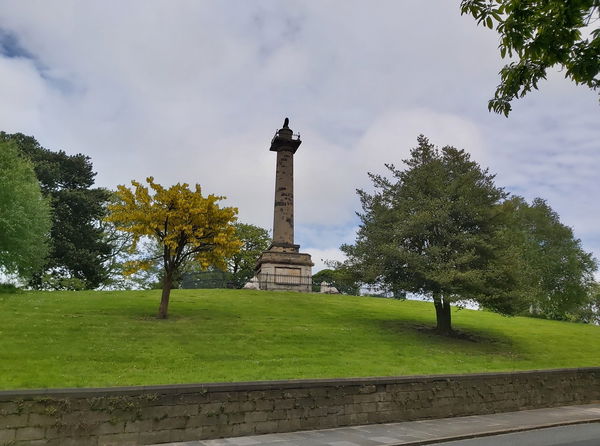
Percy Tenantry Column
Statue Alnwick NorthumberlandA Doric style column with a Percy Lion on the top dedicated to the 2nd Earl of Northumberland.
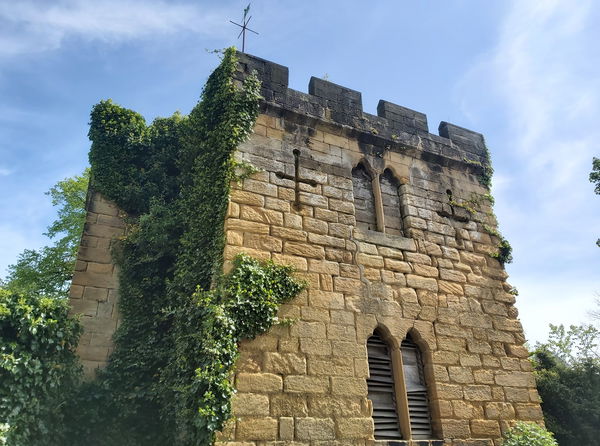
Alnwick Water Tower
Water Tower Alnwick NorthumberlandA water tower sitting next to the kitchen garden of Alnwick Gardens.
More Estates
So this estate wasn't enough and you want more? Don't worry we have you covered.
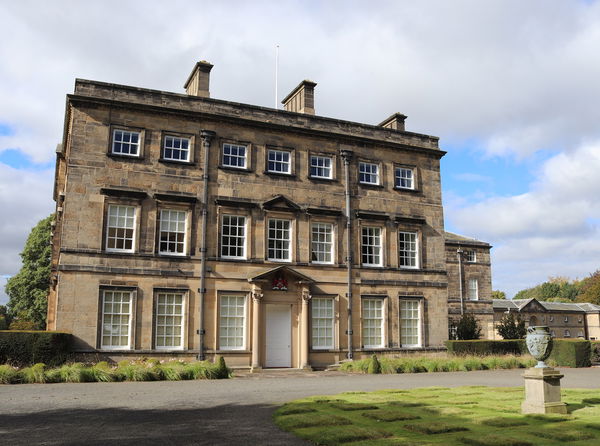
Blagdon Hall Estate
Estate Cramlington NorthumberlandThe private estate of the White Ridley family where the grounds are filled with wonderful statues, follies and temples.
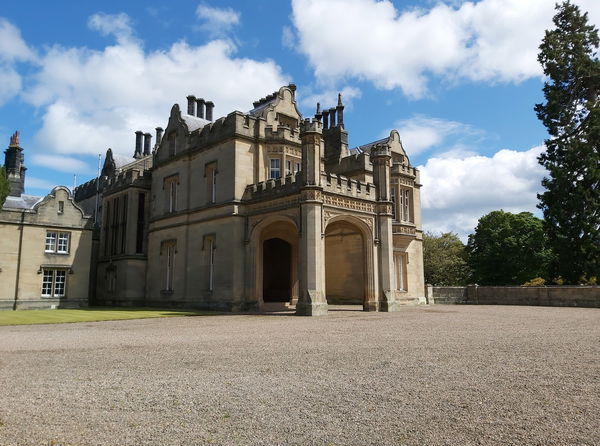
Lilburn Tower
Estate Chillingham NorthumberlandA country manor house with beautiful gardens, an observatory, old church and ruined pele tower.

Cragside
Estate Rothbury NorthumberlandCragside is a Victorian country house near Rothbury in Northumberland, built for William Armstrong and his wife, Margaret.
Never Miss A Fabulous Place
If you are afraid of missing out on all the fabulous places we post, or just want to be the first to know, then sign up to the Fabulous North.
Each week we will email you all the brand new places that we visit.
Sign Up To AlertsFind Us On Facebook
We post all our new places daily on our Facebook Groups page, so join the group today and be notified when we add a new place.
Join Our Facebook GroupFallodon Hall was listed in Estate // Northumberland // Alnwick

